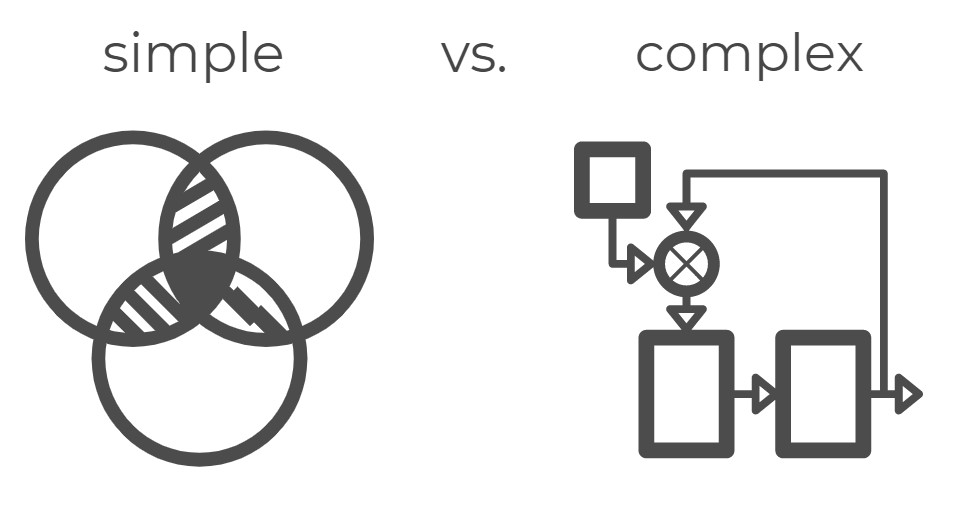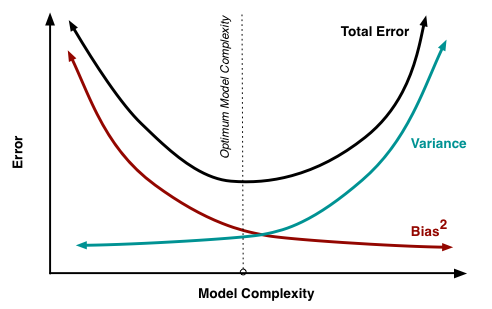Perspectives
This page:
- Introduction to general modeling principles
- Modeling advice for using BpS models
Models, Models Everywhere
Models are everywhere, they may be behind the scenes or in full view. Some common examples of models:

Photo: © Chris Leipelt
- weather forecasts
- measuring the state of the economy
- assessing the condition of a landscape
- forecasting a pandemic
- maps
Regardless of their complexity, all models are by definition a
simplification of reality. Like the model airplane - it “flies” like an
airplane but it cannot carry cargo or passengers.

“All models are wrong, so why do we create and use them?” - George Box
We create and use models because (as Box also said)
they can be useful. Models can illuminate through prediction or
explanation. They can promote understanding and exploration if used
properly.
Balance and relevance are what can make a model illuminating.

Developers vs Users: Key Considerations
For the model developer, the key is to balance precision and bias of the outputs with the relevance of the model. The goal is to hit your application sweet spot.

The model should provide useful information but must also function for the user (i.e. have the right level of complexity). Complexity should have a purpose: to provide more refined information, or in some cases provide the same information with more fidelity.
Complex models
- typically require more input information
- are more difficult to develop and de-bug
- take longer to run
LANDFIRE BpS models, with their limited number of states and transitions, are less complex and provide relatively few and coarser level outputs. This also makes them easier to create and use.
Models such as SIMPPLLE and LANDIS II sit nearer the middle or upper end of the complexity scale and can provide more types of outputs but at higher operational cost.
Understanding model characterstics
- What factors/inputs are included?
- What factors/inputs are not included?
- Can you provide the inputs at the level of accuracy required?
- What modeling technique was used?
- How was the model intended to be applied?
- What is the “scale” of the model?
Advice for using BpS models
Adhere to established modeling standards.
Have a goal and a plan. Don’t just wing it!
Work through the model changes in a stepwise fashion. Add states and transitions one at a time.
Review the results and plan the next steps.
Keep it simple. The number of states directly impacts the number of transitions you need and the amount of information you need to support the model. As the model becomes more complicated it becomes more difficult to create, parametrize, understand, modify and utilize appropriately.
Expect the unexpected. If you knew the answer with certainty, you probably did not need the model. An answer that seems strange to you may be correct, and indeed illuminating.